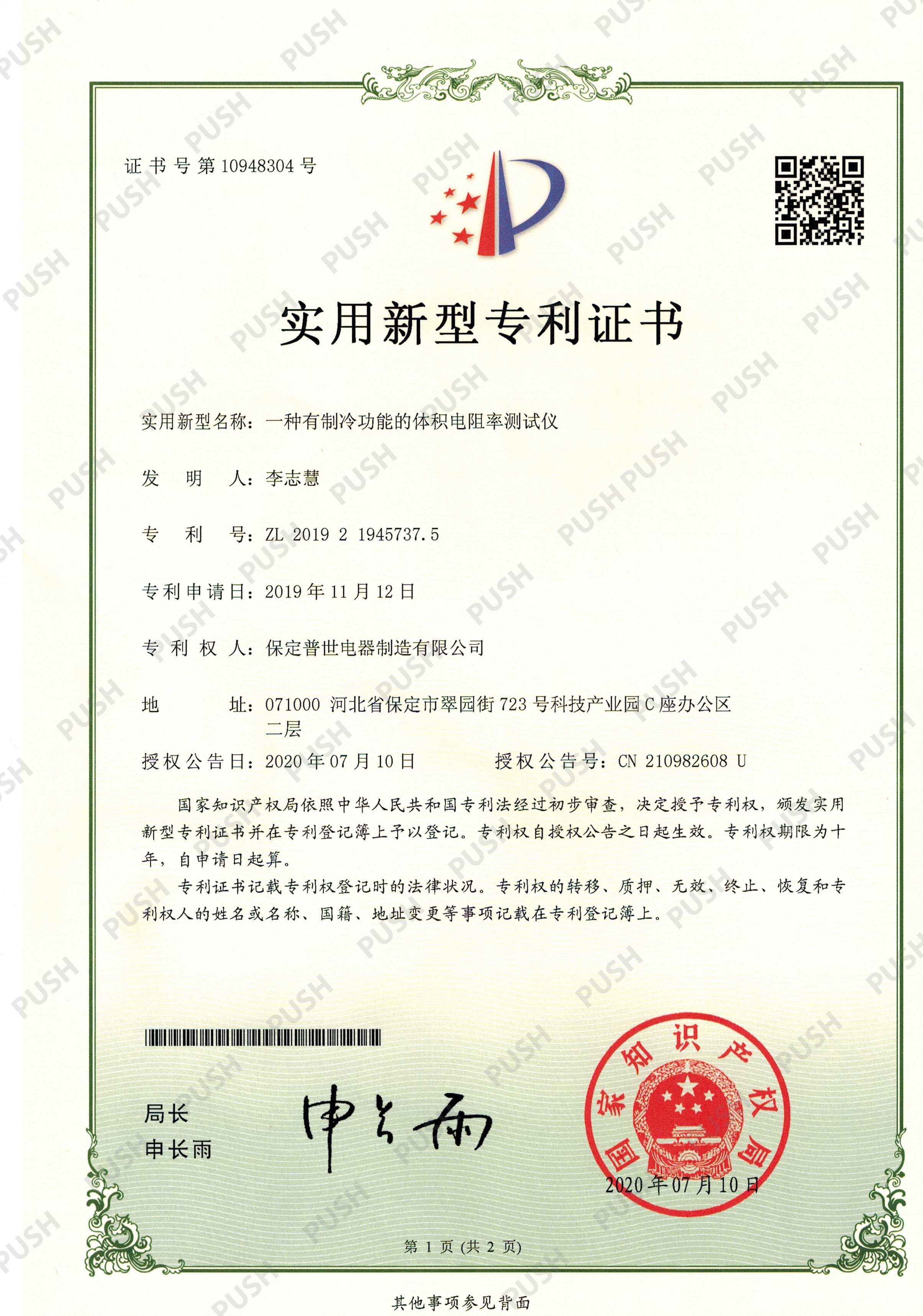 English
English


single phase transformer polarity test
Understanding Single Phase Transformer Polarity Testing
Single phase transformers are essential components in electrical systems, utilized to step up or step down voltage levels for various applications. One critical aspect of working with transformers is understanding their polarity, which determines how the voltages and currents will behave when connected in a circuit. Polarity testing is a vital procedure that helps ensure proper operation and safety during installation and maintenance.
What is Polarity in Transformers?
Polarity in transformers refers to the instantaneous relationship between the voltage in the primary winding and the voltage in the secondary winding. It is crucial because the way in which the windings are connected can significantly impact the performance of the transformer. Misconnections can lead to dangerous conditions like short circuits or inefficient operation. Generally, transformers have either additive or subtractive polarity, which indicates how the voltages relate to each other.
Importance of Polarity Testing
Conducting a polarity test on a single phase transformer serves several purposes
1. Safety A correct polarity ensures that circuits are connected safely, preventing potentially hazardous situations that could arise from reversed connections. 2. Efficiency Proper polarity guarantees that the transformer operates efficiently, maximizing its ability to transfer power without unnecessary losses. 3. System Compatibility In systems where multiple transformers are used, testing polarity ensures that they can work together without causing phase issues or voltage conflicts.
single phase transformer polarity test

How is Polarity Testing Conducted?
The polarity test can be performed using several methods, but one common approach involves using a simple battery and a voltmeter. Here’s a step-by-step outline of this process
1. Preparation Disconnect the transformer from the power source and ensure it is safe to work with. 2. Wiring Connect a battery across the primary winding terminals. 3. Measurement Measure the voltage across the secondary winding using a voltmeter. 4. Polarity Analysis Determine the polarity by assessing whether the voltage readings on the primary and secondary windings rise and fall in the same direction (indicative of additive polarity) or in opposite directions (indicative of subtractive polarity).
If the voltmeter indicates that the voltage polarities are aligned correctly, the transformer is properly connected. However, if the readings suggest an opposite reaction, adjustments will need to be made to correct the polarity.
Conclusion
In conclusion, polarity testing of single phase transformers is a fundamental procedure that plays a crucial role in ensuring the safe and effective operation of electrical systems. Understanding the principles of transformer polarity and conducting regular tests can prevent operational issues and enhance the reliability of electrical installations. Whether for new installations or routine maintenance checks, adherence to polarity testing protocols is essential for anyone working with transformers in the field. Properly executed tests lead to safer, more efficient power distribution and help mitigate the risks associated with electrical misconfigurations.
-
Differences between open cup flash point tester and closed cup flash point testerNewsOct.31,2024
-
The Reliable Load Tap ChangerNewsOct.23,2024
-
The Essential Guide to Hipot TestersNewsOct.23,2024
-
The Digital Insulation TesterNewsOct.23,2024
-
The Best Earth Loop Impedance Tester for SaleNewsOct.23,2024
-
Tan Delta Tester--The Essential Tool for Electrical Insulation TestingNewsOct.23,2024





